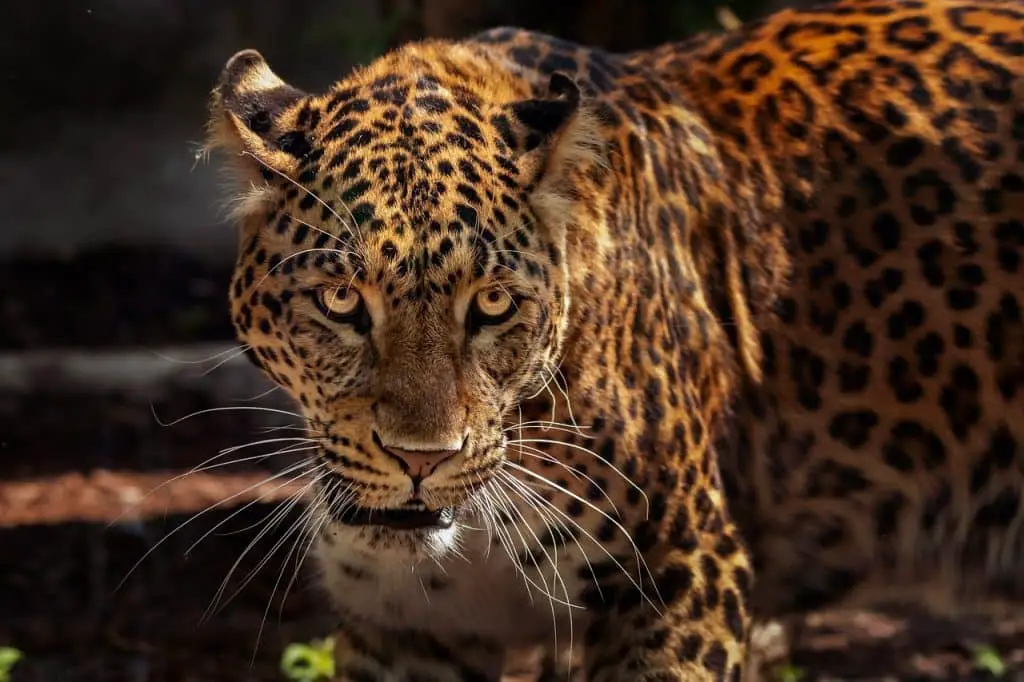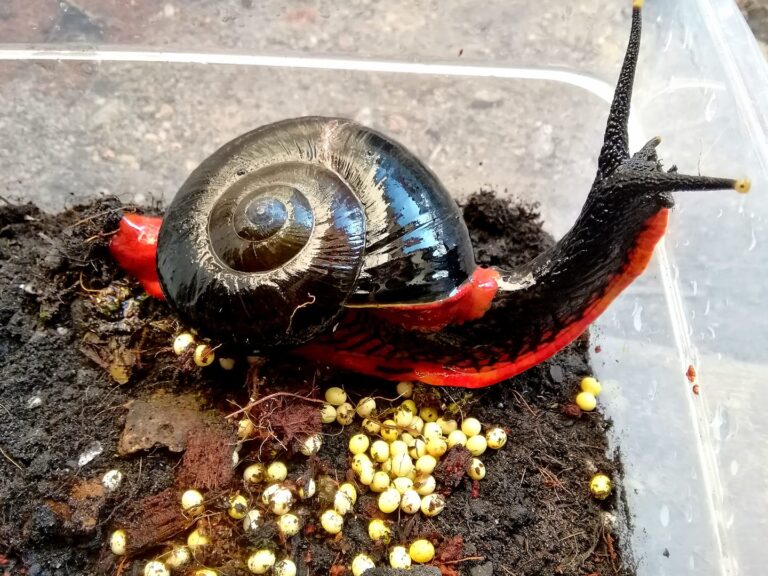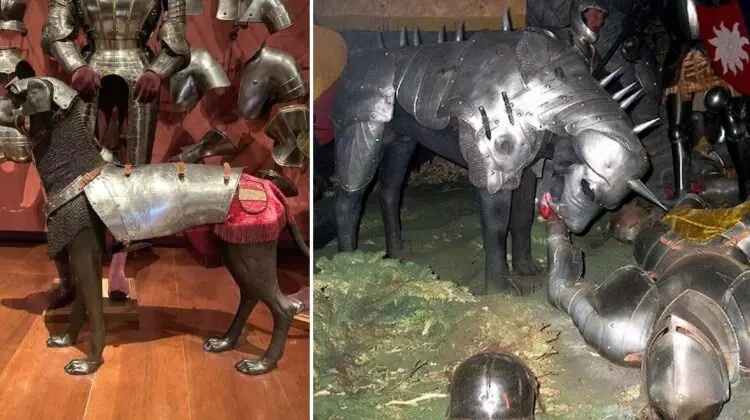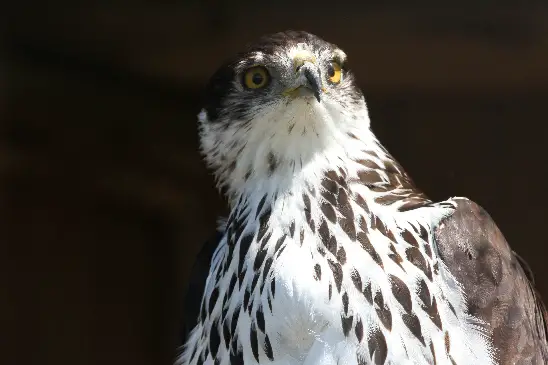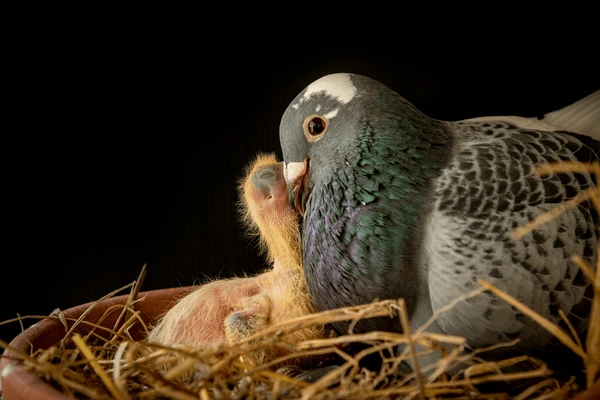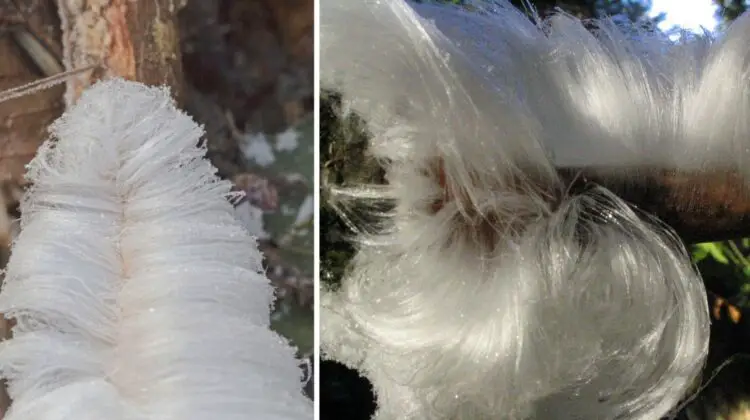The Majestic Jaguar: Fascinating Facts About Nature’s Top Predator
The jaguar, one of the most powerful and beautiful big cats in the world, reigns as the apex predator of the Americas. With its distinctive coat and formidable hunting skills, the jaguar captivates the hearts of wildlife enthusiasts and researchers alike. Let’s explore some interesting facts about this magnificent creature!

1. Powerful Build and Unique Appearance
Jaguars are known for their robust physique, with powerful jaws and strong limbs designed for hunting. Their unique coat features a beautiful pattern of rosettes and spots, which helps them blend seamlessly into their natural surroundings. This camouflage is especially effective in the dense jungles and forests they inhabit.
Did You Know?
Each jaguar’s coat pattern is unique, much like human fingerprints. This distinctiveness allows researchers to identify individual jaguars in the wild.
2. The Strongest Bite
One of the most impressive characteristics of the jaguar is its incredible bite force. Jaguars possess the strongest bite of any big cat, capable of crushing the shells of armored reptiles like turtles. This powerful bite enables them to take down large prey and access a variety of food sources, including mammals, birds, and fish.
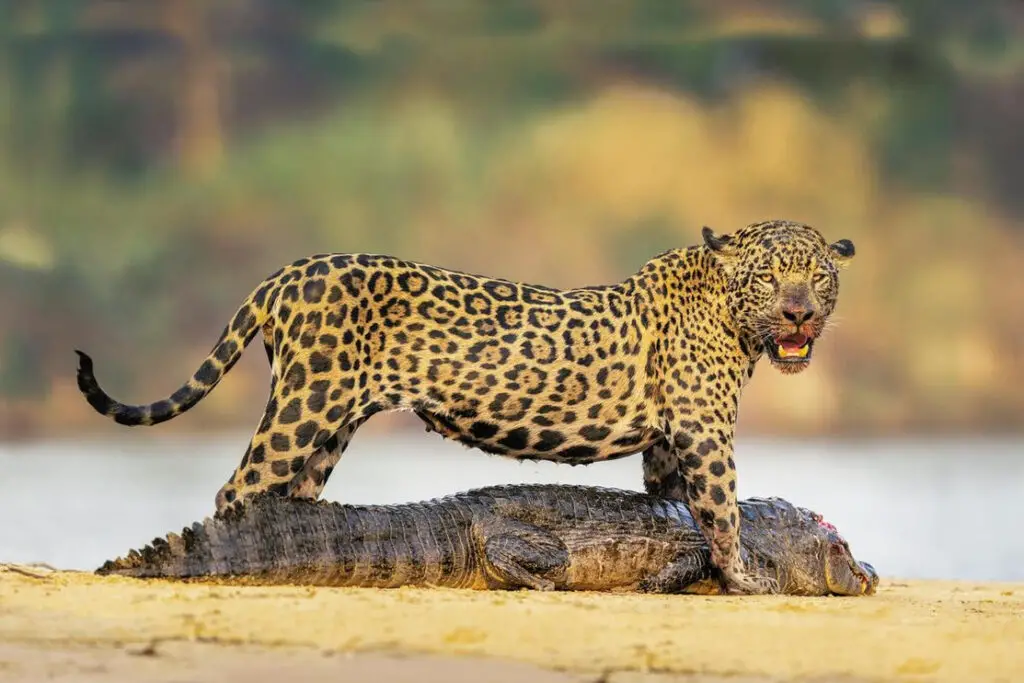
3. Excellent Swimmers
Unlike many other big cats, jaguars are highly skilled swimmers. They are often found near water sources, including rivers and lakes, where they hunt for fish and caiman. Their strong limbs and powerful tails allow them to swim effortlessly, making them one of the few big cats that enjoy spending time in the water.
Fun Fact:
In the wild, jaguars can swim across rivers and navigate through flooded areas in search of food or territory.
4. Solitary Creatures
Jaguars are solitary animals, preferring to live and hunt alone. They establish territories that they mark with scent markings and vocalizations. These territories can vary in size depending on the availability of prey and environmental conditions, ranging from 20 to 100 square miles.
Social Behavior:
While jaguars are solitary, they communicate through various vocalizations, including growls, roars, and even a distinctive “saw” sound, which can carry for miles.
5. Conservation Status
Despite their strength and adaptability, jaguars face significant threats due to habitat loss, poaching, and conflict with humans. Deforestation and urban development have led to declining populations in many regions. Conservation efforts are crucial to protect these majestic creatures and their habitats.
How You Can Help:
Support organizations dedicated to jaguar conservation, advocate for sustainable land use, and raise awareness about the importance of protecting their ecosystems.
Conclusion
The jaguar is a symbol of strength, beauty, and resilience in the wild. As the largest big cat in the Americas, it plays a vital role in maintaining the balance of its ecosystem. By understanding and appreciating these incredible creatures, we can take meaningful steps toward their conservation and ensure that future generations will admire their majesty.
Have you ever encountered a jaguar in the wild or at a sanctuary? Share your experiences or thoughts on jaguar conservation in the comments below!
